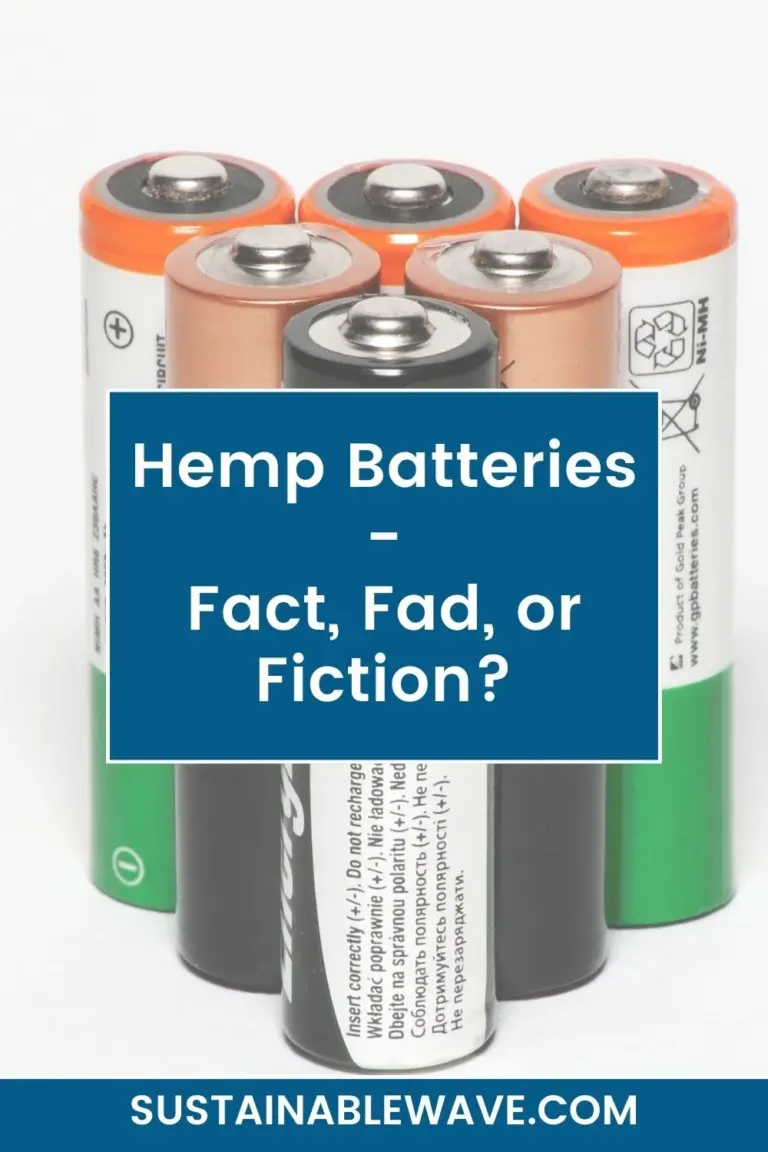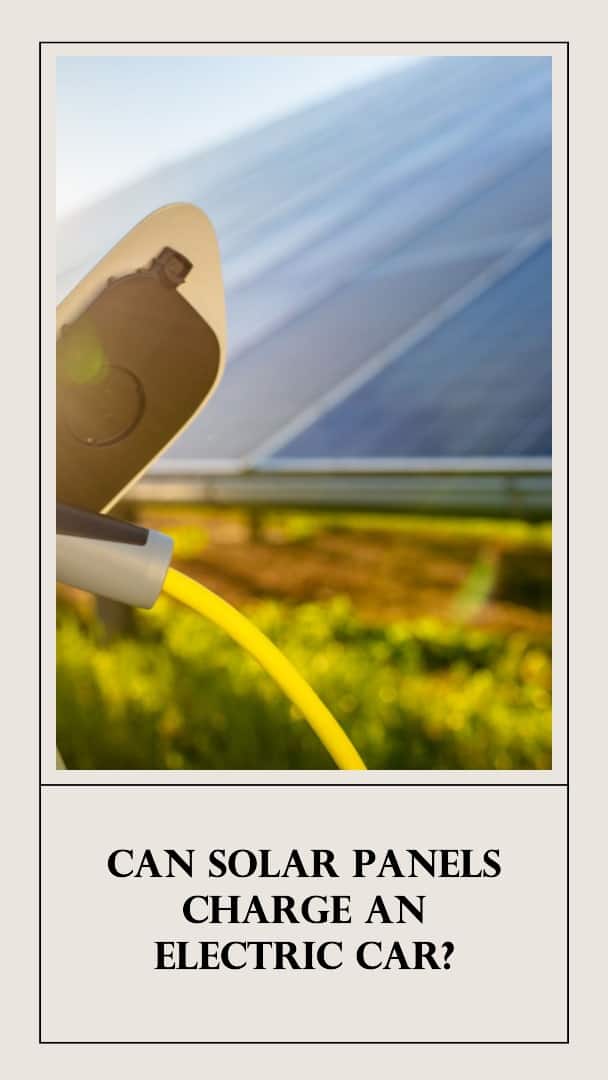Welcome to the fascinating world of spray on solar technology, a groundbreaking advancement poised to revolutionize renewable energy.
Pioneered by researchers like Jillian Buriak from the University of Alberta, this innovative approach uses nanoparticles derived from common elements like phosphorus and zinc. These nanoparticles can be sprayed onto various surfaces, offering a flexible and cost-effective alternative to traditional solar panels.
As our planet grapples with increasing energy demands and a push for sustainable solutions, spray-on solar cells emerge as a promising contender, potentially transforming everything from everyday objects to entire buildings into energy-generating powerhouses. Join us as we explore this remarkable technology’s journey from concept to reality.
How Solar Spray Works

Spray-on solar cells represent an interesting leap in solar technology, offering a more versatile and cost-effective alternative to traditional panels.
At their core, these cells consist of nanoparticles made from commonly found elements like phosphorus and zinc. These nanoparticles are capable of absorbing light and conducting electricity, forming the basis of this innovative technology.
The process involves combining these elements into a liquid form, which can be sprayed onto surfaces or transformed into ink for spray-coating or roll-to-roll printing. This method not only reduces manufacturing costs, as it relies on a plastic compound rather than expensive silicone but also simplifies installation.
The thin films produced are light-responsive, paving the way for their application on various surfaces, from buildings to vehicles, making solar energy more accessible and adaptable than ever before.
Advantages Over Traditional Solar Panels
Spray-on solar technology offers several compelling advantages over traditional solar panels, making it a game-changer in the field of renewable energy.
Here are some key points highlighting these benefits:
- Cost-Effectiveness: Traditional solar panels are often made with expensive silicone materials, whereas spray-on solar cells utilize a more affordable plastic compound. This significantly reduces the overall manufacturing costs.
- Ease of Installation: Unlike conventional solar panels that require professional installation, spray-on solar cells can be applied much more easily. This reduces labor costs and simplifies the process, potentially eliminating the need for specialized installation teams.
- Versatility: Spray-on technology can be applied to a wide range of surfaces, including uneven and non-traditional ones like the exteriors of cars, electronic devices, clothing, and more. This versatility is not typically achievable with standard solar panels.
- Lightweight and Flexible: The thin film used in spray-on solar cells is lightweight and flexible, offering more options for integration into different designs and structures, unlike the rigid and heavy traditional panels.
- Increased Accessibility: The lower cost and easier application of spray-on solar technology could make solar energy more accessible, particularly in remote or underdeveloped areas where traditional solar panel installation is challenging.
- Aesthetically Pleasing: Since spray-on cells can be integrated into the design of buildings and other products, they offer a more aesthetically pleasing alternative to the bulky and visually obtrusive traditional panels.
These points emphasize how spray-on solar technology is not just an alternative to traditional solar panels, but a potential improvement, offering solutions to some of the limitations and challenges faced by current solar energy systems.
Global Impact and Potential Of Spray on Solar Panels
The global impact and potential of spray-on solar panels are vast and transformative. This technology holds the promise of significantly expanding the reach of solar energy to parts of the world that are off the grid or lack traditional energy infrastructure.
With the anticipated doubling of electrical power demand by 2050, spray-on solar cells could play a crucial role in meeting these energy needs sustainably. Their ability to adhere to a wide array of surfaces including cars, electronics, and even clothing, opens up unprecedented opportunities for integrating solar power into everyday life.
This not only makes renewable energy more accessible but also aids in addressing energy poverty in developing countries.
Furthermore, advancements in this field, like the work on perovskite solar cells and solar paint, highlight the potential for innovative and eco-friendly solutions in the global energy landscape.
Innovations and Challenges in Solar Paint
Essentially a photovoltaic paint, this innovation contains light-sensitive materials capable of transforming solar energy into electricity when applied to surfaces.
Despite its promising aspects, solar paint currently faces efficiency challenges. With an energy capture rate ranging from 3 to 8%, it falls short of the over 20% efficiency of traditional silicon solar panels.
However, ongoing research at various universities and institutes is pushing the boundaries of this technology. Success stories include the University of Toronto’s colloidal quantum dots and the University of Buffalo’s organic photovoltaic materials. While the technology is still in its infancy, its ease of application and potential cost-effectiveness make it a field ripe with possibilities.
The Future of Spray-On Solar Panels and Solar Paint
As we look towards the future, spray-on solar panels and solar paint hold immense promise in reshaping the landscape of renewable energy.
Continued advancements in nanoparticle technology and photovoltaic paint formulations are expected to overcome current efficiency and application challenges.
The potential of these technologies to convert a wide range of surfaces into energy-generating entities could drastically expand the accessibility and implementation of solar energy, especially in regions that lack traditional energy infrastructure.
The commercial viability of this technology is marked by ongoing research and innovation, with a focus on improving efficiency and developing cost-effective production methods.
The future envisions buildings, vehicles, and even clothing as potential canvases for solar energy generation, contributing significantly to a sustainable and energy-efficient world.
Some Key Takeaways

The technology is marked by its innovative use of nanoparticles derived from common elements, signifying a major shift from traditional solar panel production methods.
Its cost-effectiveness and ease of application on various surfaces, including non-traditional ones, highlight its versatility and potential for widespread use. The global impact of this technology is significant, particularly for regions without established energy infrastructure, addressing the growing demand for renewable energy sources. H
However, it faces challenges in efficiency, which are currently being addressed through ongoing research. Looking ahead, advancements in spray-on solar cells and related innovations such as solar paint are opening new avenues for accessible and sustainable solar energy solutions, with the potential to transform a wide array of objects into energy-generating entities.
I’m Thomas, the owner of SustainableWave. Passionately promoting a sustainable planet. With experience in various eco-roles, I’ll share green tips, sustainability hacks, and personal eco-journeys on my blog.






